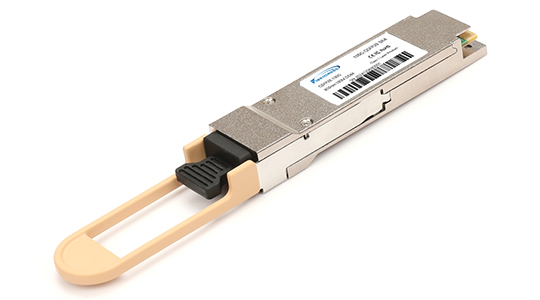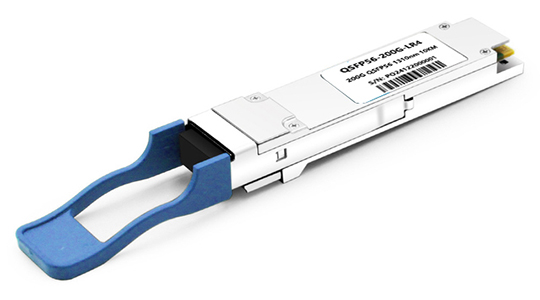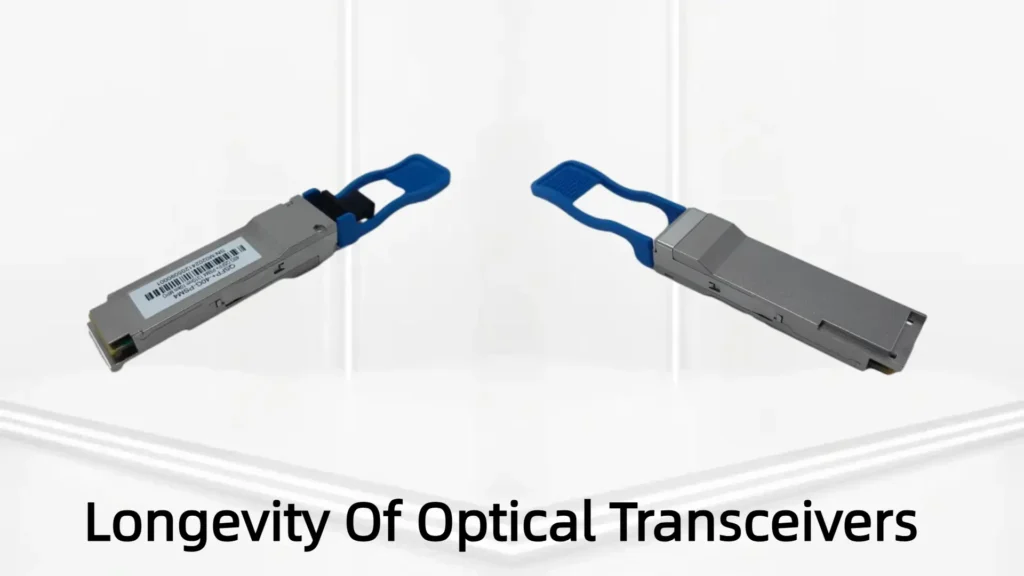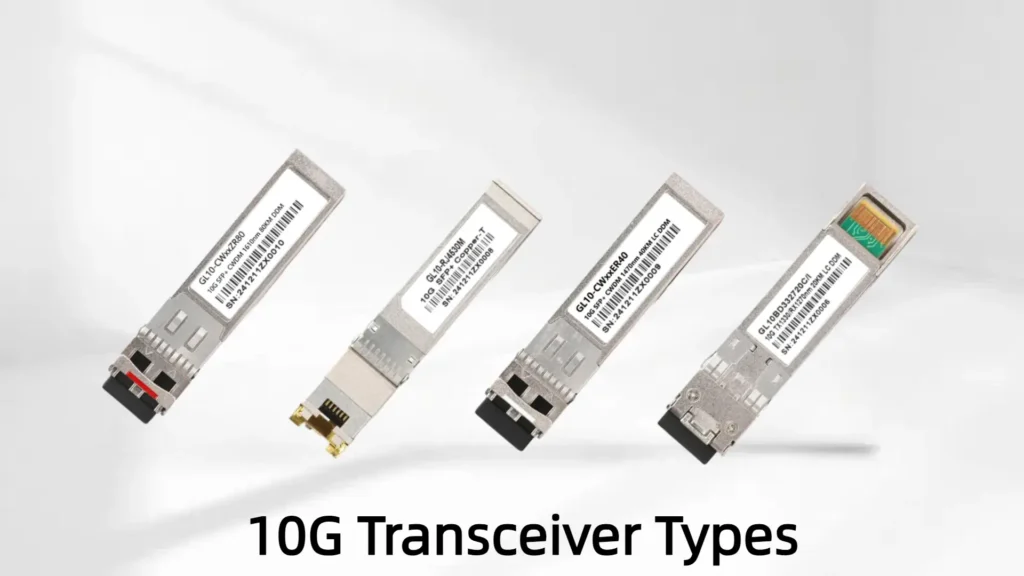10G SFP+ LR 1310 nm 10 km Single-Mode Fiber Optical Transceiver Module
The 10G SFP+ LR 1310 nm 10 km Optical Transceiver Module delivers carrier-grade performance for 10 Gigabit Ethernet links up to 10 km over ITU-G.652 single-mode fiber. Backed by RoHS, CE, and FCC certifications and serial-numbered for traceability, our transceiver meets the highest quality standards for long-reach optical links
| Part Number | GL10-SM31LR10C/I | Tx Power (dBm) | -8.2~0.5 |
| Product | SFP+ LR | Sensitivity (dbm) | ≤-14.4 |
| Max Data Rate | 10.3Gbps | Distance | 10km |
| Wavelength | 1310nm | Connector | Duplex LC |
| Laser Type (TX/RX) | DFB/PIN | Temp | 0~70 ℃/-40~85℃ |
- Applications
- Features
- Compliance & Certifications
Data center interconnects
Enterprise backbone networks
Metropolitan area networks (MANs)
10G Ethernet links over single-mode fiber
High-speed storage area networks (SANs)
Supports data rates up to 10.3125 Gbps
1310nm DFB laser transmitter
10km reach over single-mode fiber
Hot-pluggable SFP+ form factor
Digital Diagnostic Monitoring (DDM) support
Compliant with SFP+ MSA (Multi-Source Agreement)
IEEE 802.3ae 10GBASE-LR
RoHS compliant
CE and FCC certified
Class 1 laser safety certified
FAQ About SFP+ LR Optical Transceiver
Yes. It implements SFF-8472 DDM functionality, allowing real-time monitoring of Tx/Rx optical power, temperature, laser bias current, and supply voltage via compatible switch CLI or SNMP .
This hot-pluggable 10G SFP+ module is tested to meet SFP+ MSA and IEEE 802.3ae 10GBASE-LR standards, ensuring seamless interoperability with Cisco Nexus/Catalyst, Juniper EX/QFX, Huawei S series, and other major 10 GbE platforms .
Designed for standard commercial environments, this LR transceiver operates between 0 °C and +70 °C, making it suitable for data center and enterprise backbone applications .
Use LC-LC single-mode fiber patch cords compliant with ITU-G.652. Yellow-jacketed cables with low insertion loss (< 0.3 dB) help maintain signal integrity over 10 km links .
Inspect and clean fiber endfaces with isopropyl alcohol and lint-free wipes.
Check DDM readings for Tx/Rx power; ensure Rx power > –14 dBm.
Verify fiber length and splice/bend loss.
Swap with a known-good LR module to isolate faults.
These steps address common causes of BER and link flaps .















